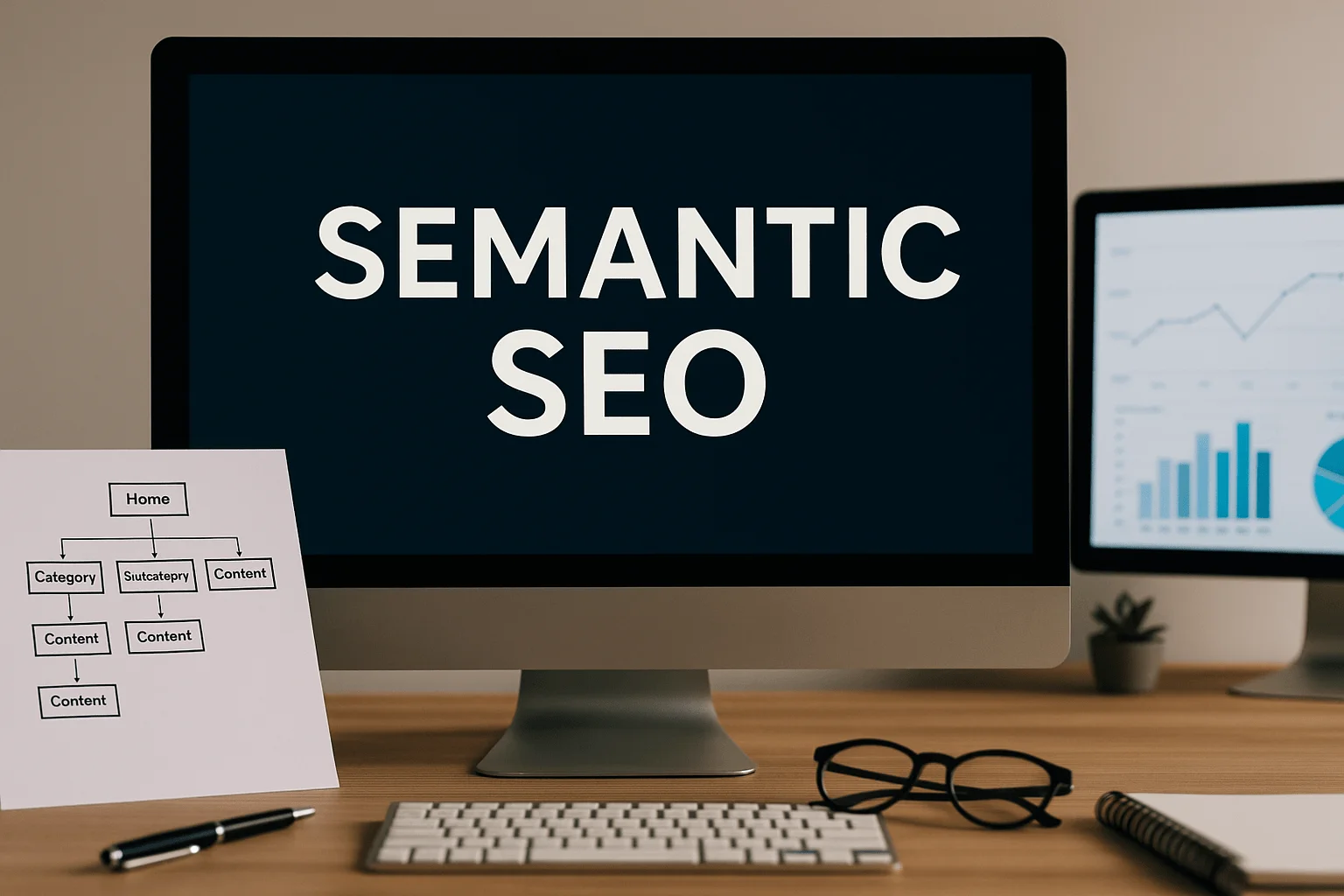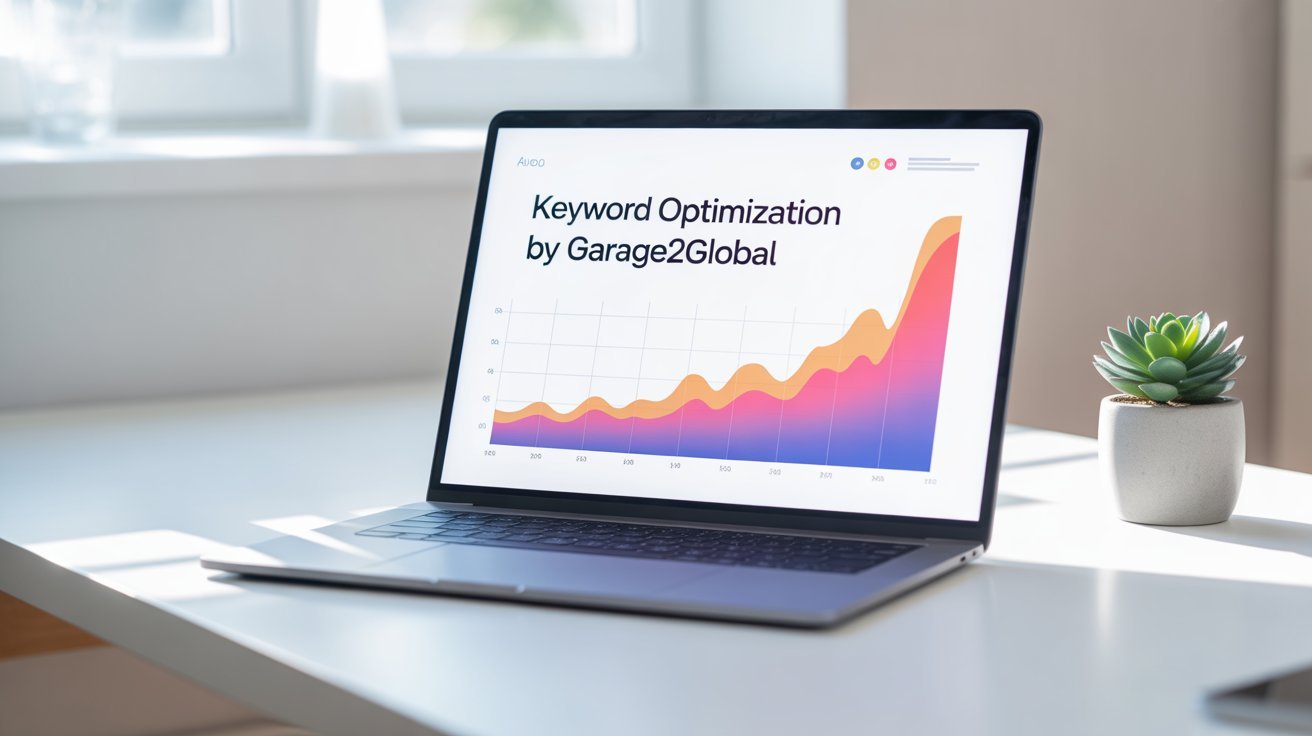In an online world where Google’s algorithms are more nuanced than ever, finding someone who can truly decode search engine behavior is rare. If you’re ready to elevate your online presence beyond basic rankings and into true search dominance, hire Ben Stace for semantic SEO — a decision that delivers results beyond metrics.
Why Hiring a Semantic SEO Expert Matters More Than Ever
Traditional SEO isn’t dead — but it’s no longer enough. Google has shifted toward understanding intent, relationships between topics, and meaningful content architecture.
Semantic SEO is not about keywords alone. It’s about making your content understandable to machines and indispensable to humans. This is where Ben Stace comes in — not just as a service provider but as a transformative guide to visibility.
In 2025, the competition is no longer who can stuff the most keywords. It’s who can structure meaning better. If that’s your goal, it’s time to hire Ben Stace for semantic SEO.
What Sets Ben Stace Apart from the Crowd?
From agency veterans to in-house SEOs, many claim they “get” semantic SEO. But very few truly do.
Ben Stace is one of those few. His work consistently shows mastery in:
- Mapping topical authority
- Building content ecosystems
- Creating entity-based content structures
- Aligning on-page language with Google’s Natural Language Processing (NLP) expectations
Clients across SaaS, health tech, education, and e-commerce have witnessed remarkable traffic and engagement growth — not from short-lived hacks, but from sustainable strategies rooted in semantics.
“Ben didn’t just increase our visibility — he made our brand discoverable where it actually matters.” — Sarah T., SaaS Growth Lead
This is not plug-and-play SEO. This is foundational strategy meeting cutting-edge methodology. That’s why you should hire Ben Stace for semantic SEO — he isn’t chasing trends; he’s setting them.
Real-World Experience: Behind-the-Scenes of Ben’s Strategy
Having audited over 200 websites and restructured more than 50 digital content architectures, Ben brings insights that aren’t pulled from theory — they’re battle-tested.
One case that stands out:
A European edtech brand saw stagnant growth despite publishing daily blog content. Ben stepped in, performed a semantic content audit, and realigned their internal linking and topic clusters.
In 4 months, they achieved:
- A 213% boost in organic impressions
- Over 80 featured snippets
- A 42% increase in high-intent leads
This wasn’t by chance. It was through structured data, entity recognition, and search intent modeling — all cornerstones of Ben’s approach.
Still wondering whether to hire Ben Stace for semantic SEO? That case speaks volumes.
What Is Semantic SEO — And Why Does It Matter Now?
Semantic SEO focuses on meaning, not just match. Instead of blindly targeting keywords, it builds context, relationships, and clarity for both search engines and users.
It leverages:
- Entities over keywords
- Topic clusters over blog sprawl
- Structured content over guesswork
As Google’s algorithms evolve — with tools like BERT, MUM, and the 2025 Gemini update — semantics have become central. Google no longer just reads your page; it interprets it.
By working with Ben Stace, you ensure that your content is built for understanding, not just indexing.
The Challenges Businesses Face Without Semantic SEO
Many brands hit a plateau because:
- Their content is siloed
- Pages compete with each other (keyword cannibalization)
- They lack entity-based structures
- Internal linking is weak or irrelevant
- They chase volume, not meaning
These problems aren’t fixed with another blog post. They require systemic fixes — something Ben’s strategy provides.
Hiring Ben Stace for semantic SEO isn’t about patching a leak. It’s about redesigning the pipe system for maximum efficiency and flow.
Tools and Tactics in Ben Stace’s Arsenal
Ben doesn’t operate in a vacuum. He uses a range of advanced tools that enable deep semantic understanding:
- InLinks – for entity mapping and schema integration
- MarketMuse – for content gap and topical authority
- Google NLP API – to align content tone with algorithmic preferences
- Screaming Frog + Sitebulb – for advanced audits and internal linking
- SEOTesting & Looker Studio – for granular performance visualization
More importantly, he interprets the data with precision — turning complexity into clear, executable strategies.
So when you hire Ben Stace for semantic SEO, you’re not just getting tools. You’re getting interpretation, experience, and implementation — the trifecta.
How to Work with Ben: What the Engagement Looks Like
Clients often report Ben’s process as structured, transparent, and refreshingly clear. Here’s how a typical project flows:
- Semantic Audit — A full diagnostic of content structure, link architecture, and topic coverage
- Entity Map Creation — Identifying the key entities, subtopics, and clusters your site should own
- Content Reorganization Plan — Based on NLP scores, user intent, and performance gaps
- Schema and Structured Data Integration — To make your content machine-readable
- Execution Strategy — Clear briefs for writers, designers, and SEOs
- Review and Tuning — Post-deployment feedback and ongoing refinements
It’s a partnership, not just a project. That’s why top brands continue to hire Ben Stace for semantic SEO again and again.
Visual Suggestions
A few visuals can significantly elevate user understanding:
- Entity Relationship Diagram: Showing how Ben structures content around key semantic entities
- Before and After Internal Linking Map: To visualize structural SEO improvements
- Schema Markup Preview: A snapshot of schema applied across a blog or service page
These would help demystify abstract concepts and turn strategy into clarity.
FAQs (Featured Snippet Optimized)
What does it mean to hire Ben Stace for semantic SEO?
It means partnering with a leading expert to optimize your site for meaning, intent, and discoverability through entity-based strategies.
How is semantic SEO different from traditional SEO?
Semantic SEO focuses on context, relationships between topics, and searcher intent — not just keywords.
Is semantic SEO necessary in 2025?
Yes. With Google’s AI-based updates, understanding and applying semantic principles is essential for ranking and user engagement.
What tools does Ben Stace use for semantic SEO?
He leverages InLinks, MarketMuse, NLP APIs, schema tools, and analytics platforms for a full-stack semantic strategy.
Can small businesses benefit from hiring Ben?
Absolutely. Whether enterprise or startup, semantic SEO boosts clarity, authority, and visibility — tailored to your scale.
How soon can I see results?
Most clients see measurable improvements in impressions and rankings within 2 to 4 months, depending on content volume and site size.
Final Thoughts: Why You Should Take Action Now
The search landscape is evolving — and fast. Those who win are not the ones who publish more, but the ones who publish smarter.
Semantic SEO is the future. It’s not optional anymore. And few execute it like Ben Stace does.
If you want to lead in your niche, own your topics, and make your content algorithm- and user-friendly, there’s only one move to make:


